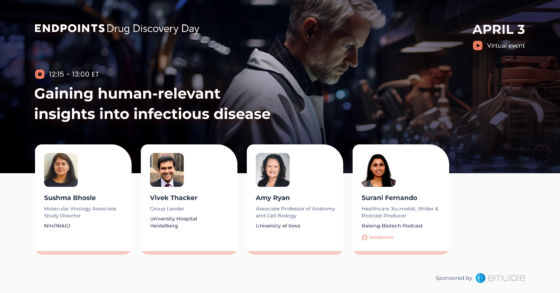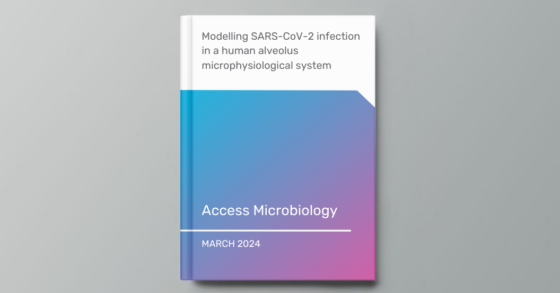Organ-Chip Application
Infectious Disease Research & Drug Development
Investigate mechanisms of infectious disease and evaluate treatment efficacy
YOUR CHALLENGE
The development timeline for anti-infectious disease treatments needs to be accelerated
Infectious diseases kill an estimated 17 million people every year, but as seen by the COVID-19 pandemic, the rapid and unexpected nature of their spread can have severe global implications. Unfortunately, many of these diseases are human-specific, limiting animal models’ ability to predict human response. Meanwhile, conventional cell culture models lack the complexity required to appropriately model the infection process and immune response, and they do not enable researchers to investigate how various aspects of the organ microenvironment influence infection. These limitations result in an extended timeline for developing effective and safe therapeutics for infectious disease.
How we can Help
Investigate infection and candidate treatments with Organ-on-a-Chip technology
Organ-on-a-Chip technology’s complex 3D architecture, along with mechanical forces induced by flow and stretch, presents a more physiologically relevant model for infectious disease. This allows researchers to investigate the contribution of individual parameters—such as flow, stretch, or epithelial-endothelial cell interactions—to the infection process. Scientists are using Emulate human Organ-Chip models to study host-pathogen interactions, investigate the progression of bacterial and viral infections, and evaluate the efficacy of treatments for infections including COVID-19.
Bacterial INFECTION
Take a human-relevant approach to studying mechanisms of bacterial infection
Each year, shigellosis affects millions of people and kills an estimated 700,000. Because it is human-specific and heavily influenced by mechanical forces, animal models cannot be used, and conventional in vitro models fail to develop efficient infection. Researchers in collaboration with the Pasteur Institute were able to model elements of Shigella infection for the first time. These studies revealed new insights about how Shigella infects humans at the tissue scale and that mechanical forces—specifically intestinal flow and peristalsis—significantly increase bacterial infectivity.
VIRAL INFECTION
Rapidly respond to emerging infectious diseases with human relevant models
COVID-19 brought the world to a halt in 2020. As scientists raced to understand the disease, it became clear that research was limited by its reliance on conventional cell culture, including cell lines that fail to emulate the in vivo phenotype and organoids that lack endothelium and mechanical forces. To advance understanding of COVID-19, researchers used Organ-on-a-Chip technology to study strain mutations, investigate drivers of vascular damage, explore vaccine development, and rapidly identify antiviral drugs that could be repurposed to fight COVID-19.
How Organ-Chips are being used
The COVID-19 pandemic started an international rush to find drugs that prevent or treat infection. To test drugs against viruses such as SARS-CoV-2, researchers often use human cell lines grown in vitro, but these models cannot capture the complex microenvironment seen in vivo and often fail to translate to human response. Sometimes, drugs that work in cell lines prove ineffective—or even harmful—when tested in humans, such as hydroxychloroquine.
To overcome these obstacles and accelerate therapeutic development, the Wyss Institute used the Airway Lung-Chip to test existing drugs that could potentially be repurposed to fight COVID-19. The study identified three approved drugs that were shown to reduce infection in the Airway Lung-Chip and selected the most promising candidate for further testing. Further animal studies supported its efficacy, and the drug has been added to an in-progress ANTICOV clinical trial for COVID-19 therapeutics in Africa.

Supported Organ Models
Lung-Chip
Study lung physiology, disease, and the effect of drug candidates.
Duodenum Intestine-Chip
Study intestine physiology, mechanisms of infection, and the effect of drug candidates.






